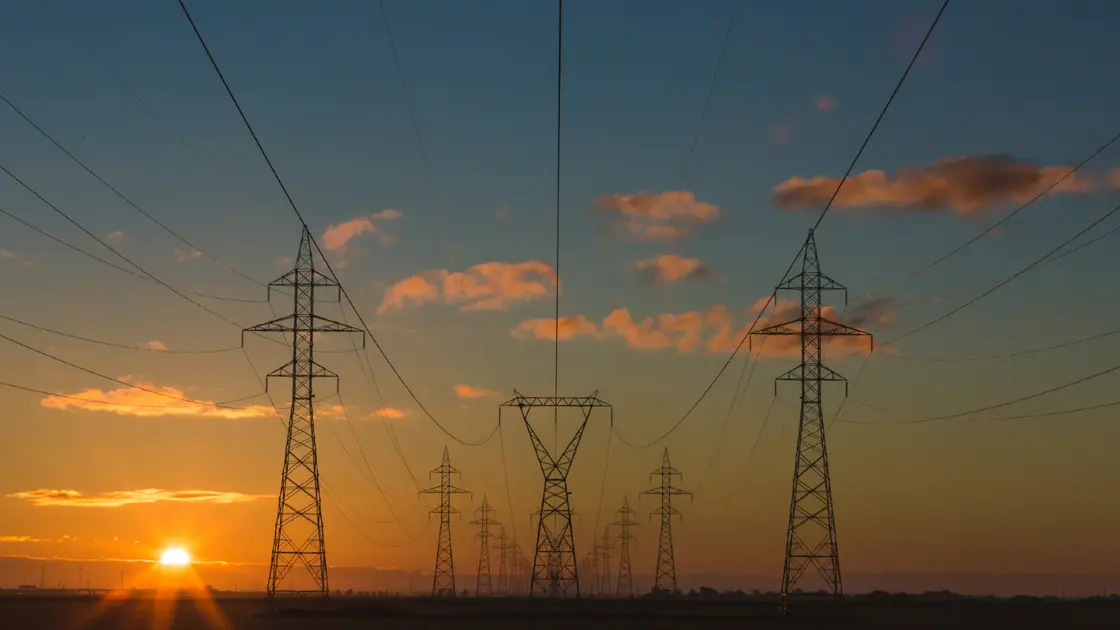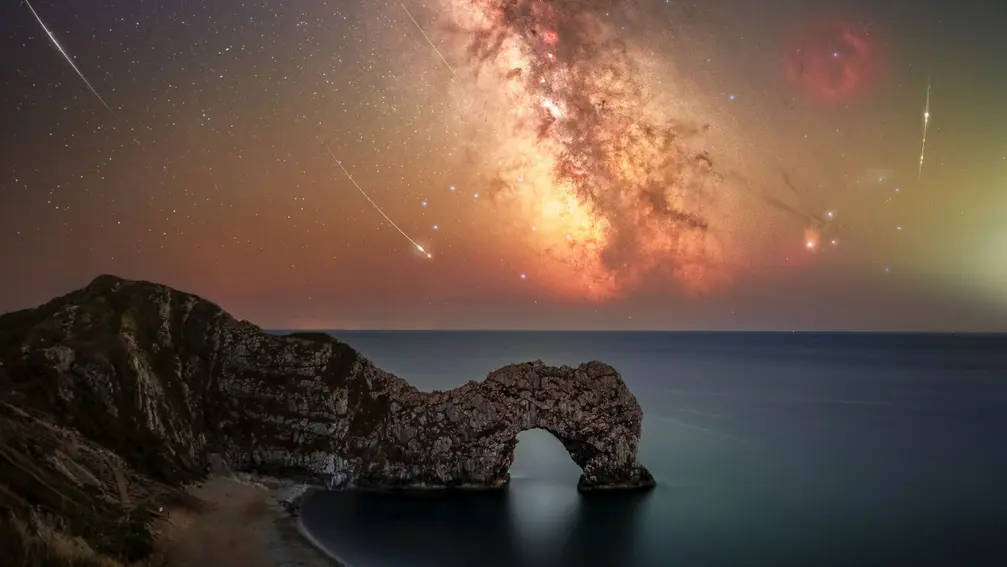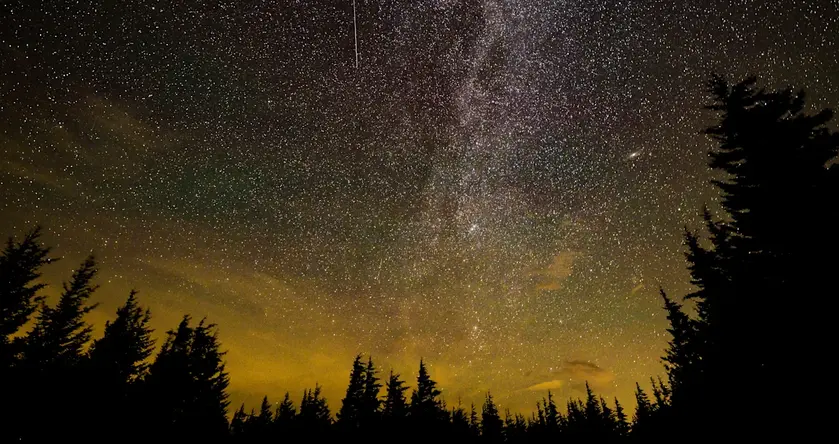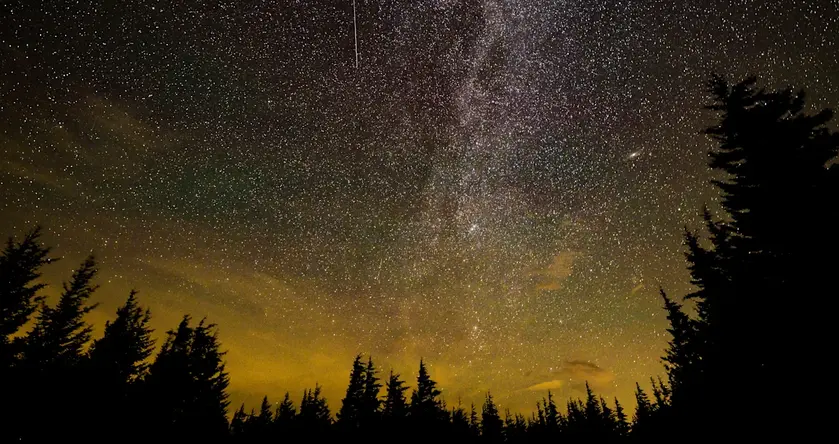T4K3.news
Global lighting night
Experts explain what would happen if everyone turned on lights at once, from grid stress to sky glow.

An expert examines the global effects of everyone turning on lights at once, from grid stress to sky glow and ecological impact.
Turning on lights worldwide would strain power grids and dim skies
The article explains that a global simultaneous lighting spike would create a sudden demand for electricity. Power grids must balance supply in real time to avoid outages. Coal and nuclear plants can produce large amounts but take hours to adjust, while natural gas plants respond more quickly to spikes in demand. Renewable sources such as solar and wind are variable and harder to match to sudden load. Batteries and pumped hydro can smooth changes, but current storage cannot back a whole city. The piece also notes that grids are regional rather than one world grid, and cross-border connections help move electricity where needed, reducing the chance of a single blackout. The rapid spread of LEDs lowers average household consumption, easing the burden somewhat.
Beyond grid management, a big lighting surge would raise sky glow dramatically. Light pollution makes it harder to see stars and can disrupt sleep in people and wildlife. Reining in wasteful lighting and investing in smarter, directional illumination could lessen the impact while keeping cities bright enough for safety and activity.
Key Takeaways
"Grid operators use sensors and sophisticated computers to balance demand."
Explains how grids respond in real time to load changes.
"LED bulbs save households about 225 dollars yearly."
Evidence of efficiency gains from LED adoption.
"Sky glow washes out the night sky and harms wildlife."
Describes environmental impact of increased lighting.
Flexibility matters as much as capacity in energy planning. The scenario shows that reliability hinges on fast ramping generation and storage, plus careful forecasting and demand response. This is a nudge to policymakers and utilities to build smarter grids that can adapt without huge cost or risk.
Policy and design also play a role. The article points to lighting standards, shielding, and urban planning as tools to cut waste while preserving safety. If cities invest in smarter lighting and stronger grid infrastructure, they can protect the night sky and habitats without dimming daily life.
Highlights
- Bright cities need smarter grids not louder bulbs
- When every light comes on together the grid feels the push
- Sky glow erases stars and confuses wildlife
- A brighter world needs smarter grids and smarter lighting
The path forward is brighter lighting paired with resilient grids.
Enjoyed this? Let your friends know!
Related News

Perseid meteor shower continues

Perseid meteor shower shines through bright moon

Perseid meteor shower viewing continues through Aug 23

Trump's 104% tariffs raise concerns about recession

Perseid peak view

Perseids Peak Tonight

CBS cancels Stephen Colbert's Late Show

TIFF 2025 Announces Its Film Lineup
